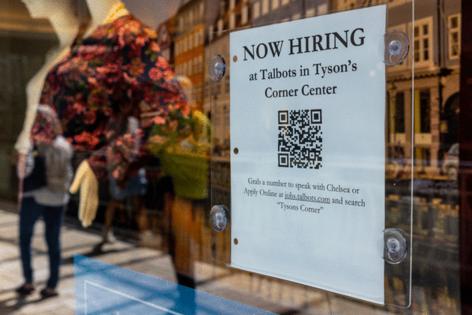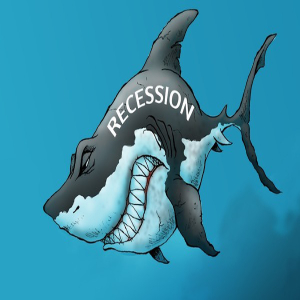Commentary: More jobs, fewer workers: Is the labor market strong or weak?
Published in Op Eds
Sometimes data can be misleading, and other times, confusing. Both appear to be true today as government data shows the economy has added many jobs over the last year, but few workers. How is that possible?
Specifically, according to the U.S. Bureau of Labor Statistics, the economy added more than 2.4 million new jobs from September 2023 to September 2024—but only 314,000 new workers.
And a third of all states—disproportionately those in the north and west—appear to have gained jobs while losing workers. Ten states with some of the biggest gaps between reported payroll jobs and employed workers include:
Colorado: + 47,000 jobs, - 13,000 workers
Indiana: + 50,000 jobs, - 20,000 workers
Michigan: + 27,000 jobs, - 11,000 workers
Minnesota: + 36,000 jobs, - 24,000 workers
Nebraska: + 23,000 jobs, - 4,000 workers
Nevada: + 33,000 jobs, + 4,000 workers
New York: + 136,000 jobs, - 35,000 workers
Pennsylvania: + 103,000 jobs, + 23,000 workers
Utah: + 31,000 jobs, - 13,000 workers
Washington: + 65,000 jobs, - 48,000 workers
Clearly, something doesn’t add up between these conflicting reports of strong job creation but weak worker employment. These discrepancies between two different government surveys call into question the true strength or weakness of the labor market and economy across the U.S.
Sure, the measures of jobs and workers don’t always line up, and a recent report of mine explores potential causes, such as inaccurate population estimates, the surge in illegal immigration, changes in self-employment and people holding multiple jobs.
But the fact remains that the current dichotomy between jobs and workers is simply unprecedented.
Even after factoring in the BLS’s acknowledgment that its reports overstated job gains by 818,000 from March 2023 to March 2024, there still appears to be about five times as many new jobs created over the past year as there are additional people working.
While media reports and markets tend to focus on jobs reports, what matters most to the economy and to human flourishing is how many people are working. Currently only 60.2% of people ages 16 and over in the U.S. are working.
This is a gap of about 2.6 million workers compared to pre-pandemic employment rates. And compared to peak employment rates in 2000, there are currently about 5.8 million fewer men ages 16-54 working today.
Weak employment is a major problem for the economy and social fabric of the U.S. Work is fundamental to a growing economy, rising standards of living and human flourishing. And work factors heavily into family formation, which has experienced a disturbing decline in the U.S. and across most of the developed world.
Yet, instead of helping more Americans move into productive activities (either paid employment or unpaid caregiving and volunteer work), many policymakers have been issuing regulations and enacting laws that raise the barrier to employment.
For example, the Biden-Harris administration canceled new apprenticeship programs tailored to high-demand fields and eliminated two out of three of the remaining apprenticeship models.
Some states like California and Minnesota have passed laws, and the Biden-Harris administration issued a regulation, that significantly limit flexible work options for independent workers. And despite Utah providing a model of efficiency and effectiveness for helping people move from welfare to work, Congress forbids other states from pursuing that same model.
Making America work better requires reviving the strong work ethic that built this country. For able-bodied Americans, it should be easy to work and hard to not work.
Policymakers should expand alternative education options like career technical education programs and apprenticeships and not close doors to entry-level and flexible jobs. And welfare must be work-oriented and straightforward to navigate.
Changes like that can help clarify conflicting data—and give us more workers, not just more jobs.
____
Rachel Greszler is a Senior Research Fellow at The Heritage Foundation.
_____
©2024 Tribune Content Agency, LLC.




























































Comments